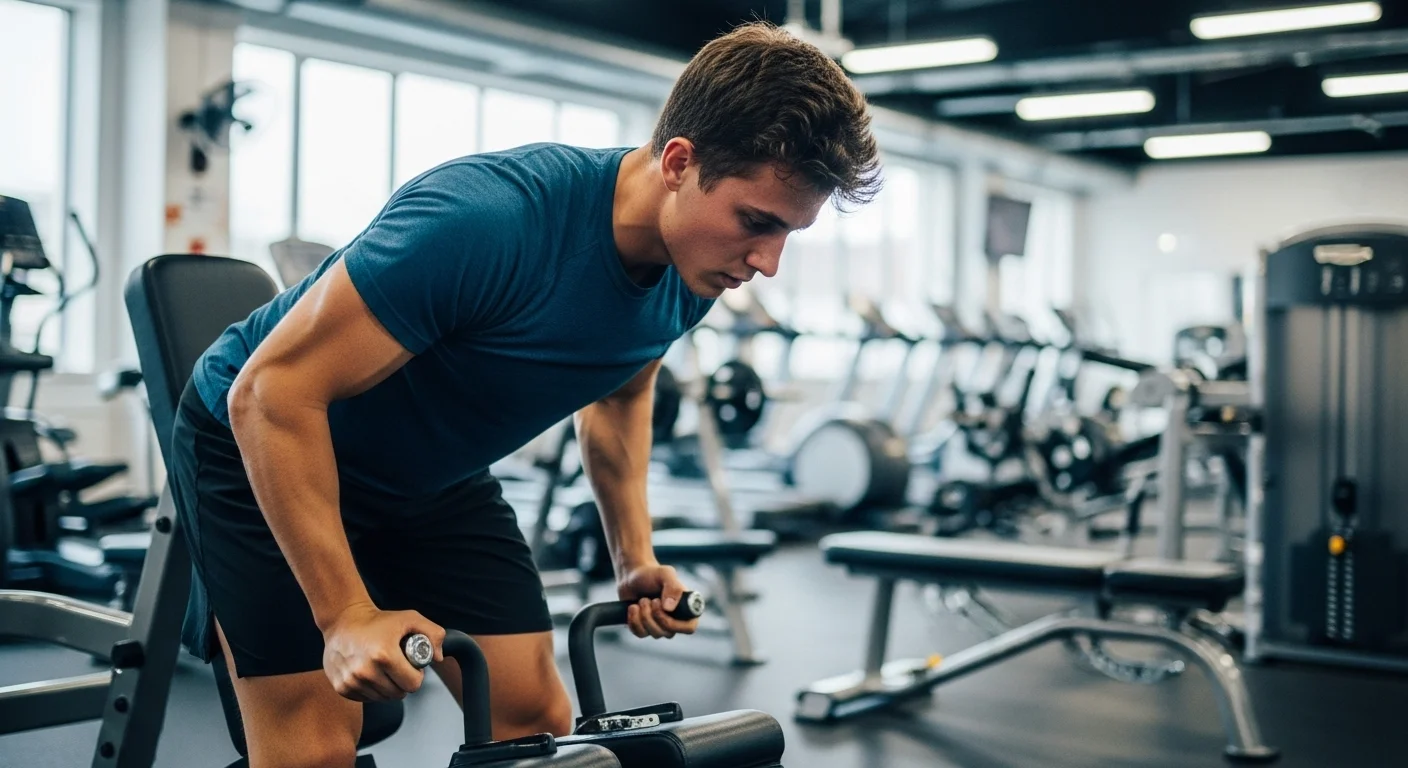Exercise After 50: Workouts to Avoid and Embrace for Healthy Aging
As we age, our bodies change. Activities that were once easy might become more challenging. It’s normal to experience shifts in flexibility, strength, bone density, and recovery time. Because of these changes, adjusting your exercise routine after 50 is a wise decision.
Regardless of the activity, it’s crucial to ensure you have the flexibility and range of motion to maintain proper form and avoid straining your joints. Based on information from health and medical resources, here’s a look at exercises to avoid and those to embrace after 50, to protect and improve your health.
Exercises to Approach with Caution (or Avoid)
Certain exercises can put undue stress on your body as you age. Here are some to consider modifying or avoiding altogether:
-
Sit-ups: Many people perform sit-ups to reduce belly fat and strengthen their core. However, repeated sit-ups can be detrimental to those with back pain. The motion increases pressure on the spinal discs, potentially worsening back issues. Consider alternatives like dead bugs, which engage core muscles with less spinal compression. If you have back pain, consult with a healthcare professional before starting any core exercises.
-
Leg Extensions: This exercise, performed by extending the legs against resistance while seated, targets the quadriceps. However, it can place unnecessary stress on the knee joint, leading to wear and tear, especially for individuals over 50.
-
Downhill Walking (Especially Stairs): While climbing stairs is a great, free workout, descending requires caution. The impact on your knees can be significant. The load on your knees can increase fivefold compared to standing. If available, use an elevator. Individuals with pre-existing knee problems should also be cautious about climbing stairs.
-
Behind-the-Neck Lat Pulldowns/Pull-ups: While this exercise can strengthen the back and biceps, pulling the bar behind your head puts excessive stress on the front of the shoulder, potentially causing injury. Opt for pulldowns or pull-ups where you pull the bar down towards the front of your chest instead.
-
Sprinting: While increasing exercise intensity has benefits, sprinting can increase the risk of injury, especially after 50. The faster you run, the greater the chance of injury. Also, cartilage in the knees weakens with age, potentially leading to osteoarthritis. If you run, maintain a comfortable, slower pace.
-
Overhead Press: Lifting a barbell or dumbbells straight overhead can place significant stress on the shoulders and rotator cuff. Rotator cuff injuries are common in individuals over 50, so consider alternatives that are less taxing on the shoulder joint.
-
Lifting Excessively Heavy Weights: Strength training is beneficial, but there’s no need to push yourself too hard after 50. Focus on using slightly lighter weights that allow you to perform 10-12 repetitions safely.
-
Strenuous Hiking: Hiking steep mountains, especially in hot weather, can place a significant burden on the body. Individuals over 50 should avoid overly strenuous hikes. Undetected high blood pressure or heart conditions can be exacerbated, potentially leading to collapse. Hiking alone, especially early in the morning, should be avoided. Descending steep trails without poles can also strain the knees.
Exercises to Embrace for Healthy Aging
These exercises are generally recommended to maintain health and fitness as you age:
-
Walking: Whether outdoors or on a treadmill, daily walking is a great way to exercise after 50. It gets your heart pumping and helps build endurance and strength.
-
Stationary Bicycles and Elliptical Machines: These are good options at the gym because they are low-impact and allow you to start slowly. The key is to find a pace and intensity that suits you and gradually increase it over time.
-
Swimming: Getting in the water is relaxing and beneficial for your health. Try swimming laps, joining a group exercise class, or water aerobics. These activities provide a full-body workout and offer opportunities for socialization.
-
Light Strength Training: Strength training can increase muscle and bone density, reducing the risk of falls. Squats, resistance band exercises, and using moderate weights are all excellent choices. Aim for strength training at least 2-3 days per week for optimal results.




